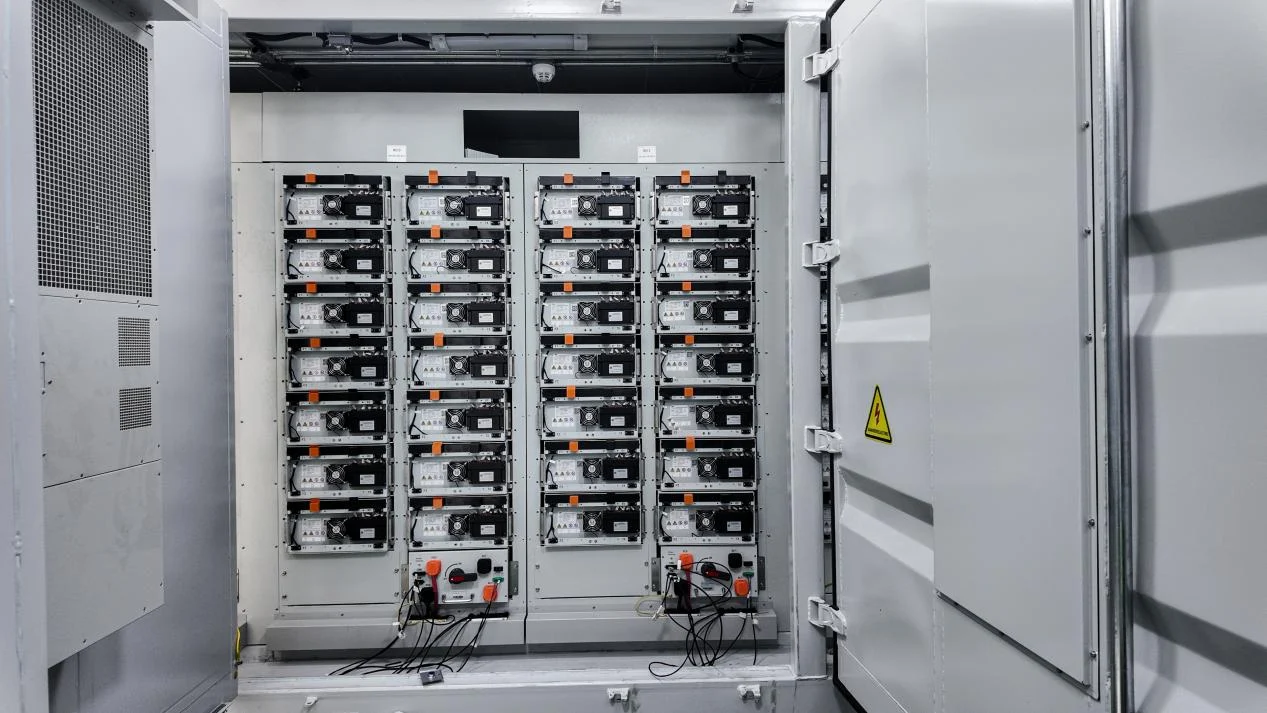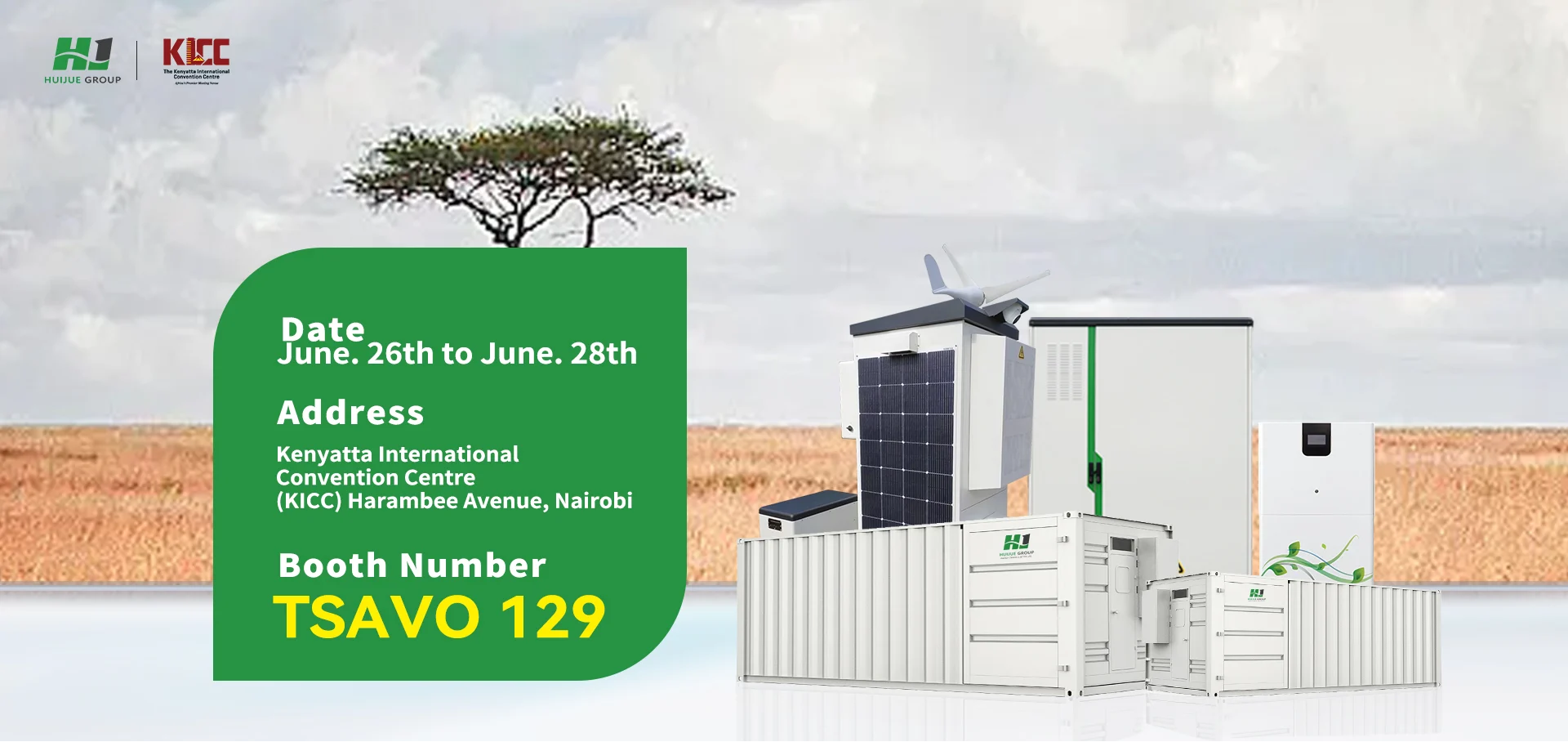2025-02-18
The energy storage industry is evolving rapidly, with battery technology at its core. As we move towards 2025, the demand for more efficient, long-lasting, and environmentally friendly batteries is increasing, especially in sectors like electric vehicles, renewable energy, and industrial applications. In this article, we explore the top 5 batteries of 2025 that are expected to revolutionize the energy storage landscape in the USA. From lithium-ion to solid-state and next-gen technologies, these batteries will shape the future of sustainable energy solutions.
Lithium-ion batteries have been the cornerstone of modern energy storage for decades, and they are expected to maintain their dominance through 2025. These batteries are widely used in electric vehicles (EVs), grid storage, and consumer electronics due to their high energy density and relatively low cost.
The continued innovation in lithium-ion technology, such as battery management systems (BMS) and improved electrode materials, will enhance both the performance and safety of these batteries, making them a preferred choice in 2025.
One of the most exciting developments in energy storage technology is solid-state batteries. These batteries use solid electrolytes instead of liquid ones, offering higher energy densities and greater safety by eliminating risks like thermal runaway.
Solid-state batteries are expected to make a significant impact in 2025, especially for electric vehicles and high-performance energy storage systems.
Sodium-ion batteries are gaining attention as a potential alternative to lithium-ion batteries. Using sodium, which is more abundant and cheaper than lithium, these batteries offer an eco-friendly alternative with lower environmental impact.
By 2025, sodium-ion batteries are expected to become more competitive, especially for stationary storage applications like grid management and renewable energy integration.
Flow batteries are an exciting development for large-scale energy storage. Unlike traditional batteries, flow batteries store energy in liquid electrolyte solutions, which allows them to scale more easily for industrial and utility-scale applications.
As grid-scale energy storage becomes more important, flow batteries are expected to play a major role in the USA’s energy storage infrastructure by 2025.
Lithium-sulfur batteries are still in the developmental stage but show great promise for the future. These batteries utilize sulfur as a cathode material, providing an alternative to the traditional metal oxide cathodes in lithium-ion batteries.
By 2025, as technology improves, lithium-sulfur batteries could become the go-to solution for high-capacity, long-lasting batteries.

Another all-time hot year? Here’s why China’s new carbon rules impact your business

Synergistic Impact of Power from Solar Panel and Power Storage System in Venezuela Green Energy Plan

Huijue 314Ah Energy Storage Battery Pack: Smart Management + Long Lifespan, Redefining Premium Energy Storage Standards

Semi-Solid vs. LFP: Who Will Rule the Future of C&I Energy Storage?

Huijue Group is about to make its appearance at the 2025 Kenya International Solar Energy Exhibition